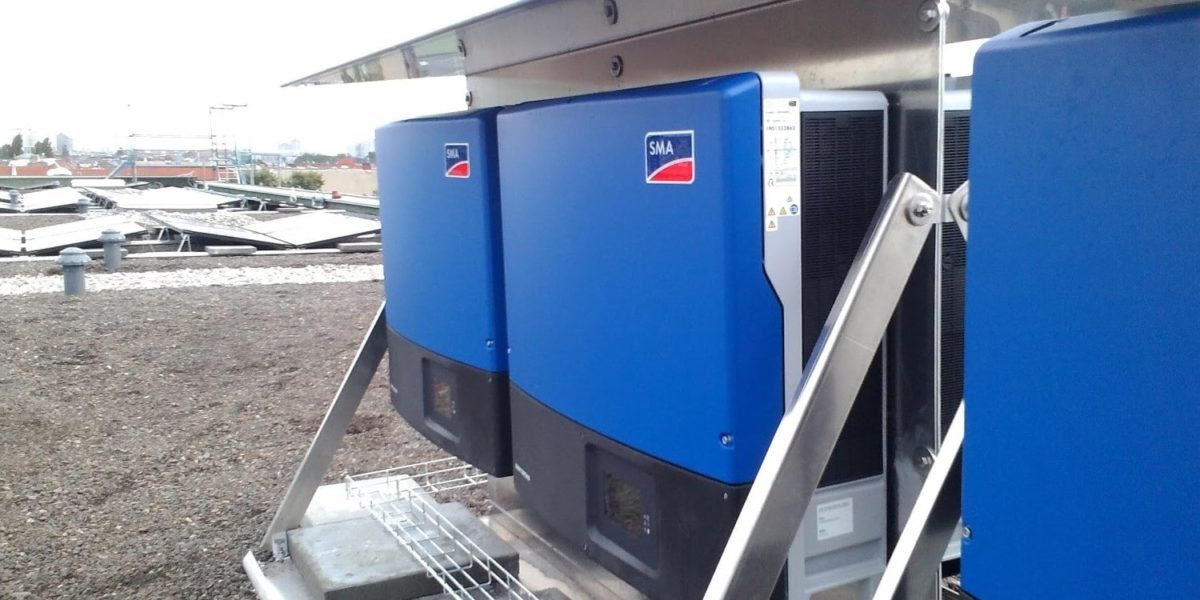From pv magazine Germany
Researchers at Bern University of Applied Sciences (BFH) are currently investigating the durability and performance of PV inverters and power optimizers from a total of 1,280 PV systems located in Switzerland.
In their survey, the researchers considered the type of power electronics, the year the PV system was commissioned and the year the first energy-related fault occurred. Their evaluation revealed an average time until the first energy-related error occurred. “The results of all the inverters and power optimizers examined show that over 50 percent of the power electronics do not show any yield-relevant errors up to the age of 15,” the researchers wrote in their preliminary findings.
The data also showed that lifespans depend on various factors. For example, more powerful PV inverters have shorter service lives, while the power optimizers considered individually lasted the longest. However, it should be noted that the overall reliability of a PV system increases with a smaller number of electronic power components.
The Swiss scientists further found that outdoor power electronics are more susceptible to interference than indoor PV inverters and power optimizers. At the same time, they discovered that the first fault occurs earlier in PV systems with inverters with power optimizers than in systems that do not have power optimizers. The service life of the devices also varies depending on the manufacturer.
The researchers specified, however, that the validity of their results is limited, as it is a non-representative cross-section of the power electronics used in rooftop systems in Switzerland or Europe. The PV inverters considered came mainly from the manufacturers Fronius, Sputnik, and SMA and most of the power optimizers examined came from Solaredge.
The causes of the failures and defects have not yet been precisely recorded. In general, the failure of a power optimizer usually results in a lower loss of yield in a PV system rather than the failure of an inverter. Nevertheless, both defects were rated in the same in the evaluation. A fundamental distinction should also be made in that defective power optimizers are usually replaced, while defective inverters are repaired.
Despite the limited extent of their work, the BFH researchers did dare to draw a conclusion on their previous data. They believe, in fact, that the “the rule of thumb that inverters should run without faults for around 15 years” is confirmed by their findings. The research project will run until the end of 2025 and the investigation will be repeated in the future and extended to other systems.
This content is protected by copyright and may not be reused. If you want to cooperate with us and would like to reuse some of our content, please contact: editors@pv-magazine.com.









By submitting this form you agree to pv magazine using your data for the purposes of publishing your comment.
Your personal data will only be disclosed or otherwise transmitted to third parties for the purposes of spam filtering or if this is necessary for technical maintenance of the website. Any other transfer to third parties will not take place unless this is justified on the basis of applicable data protection regulations or if pv magazine is legally obliged to do so.
You may revoke this consent at any time with effect for the future, in which case your personal data will be deleted immediately. Otherwise, your data will be deleted if pv magazine has processed your request or the purpose of data storage is fulfilled.
Further information on data privacy can be found in our Data Protection Policy.